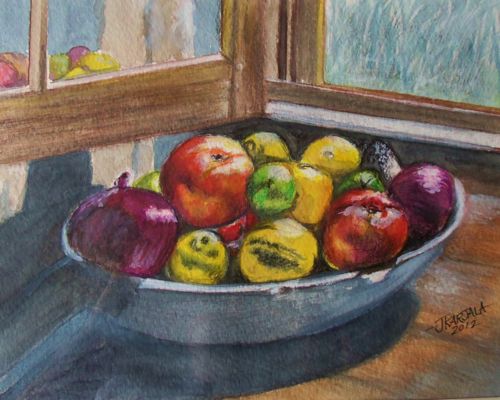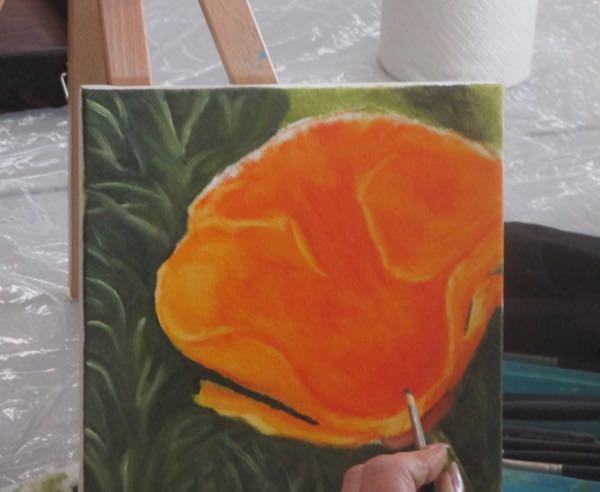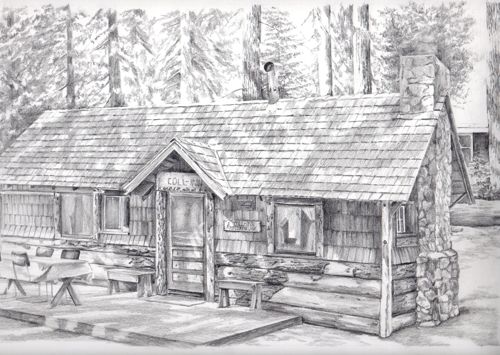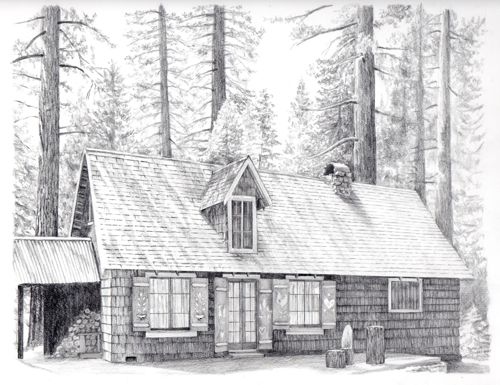Yesterday’s blog post told a secret – that I gave an oil painting workshop without publicizing it first, and why I didn’t publicize it.
Today, I will reveal why I believe that workshop was a success. No, I will reveal the reasons that I believe it was a success, not why I believe . . . never mind. Here is the list.
1. All of my students know how to draw – they understand proportion, are confident about putting shapes on paper (now on canvas), understand values (darks and lights), understand about hard and soft edges.
2. All of them understand what I mean when I make up words to explain things – “smoosh that part” or “verticalize those marks”.
3. They are very kind about my inexperience as an oil painter/oil painting teacher and very understanding when I explain that all I know to teach is what I know.
4. They don’t mind when I say “I don’t know – let’s try it both ways and see which turns out better”.
5. They stayed to help me clean up.
6. They brought things – old tablecloths, drop cloths for the floor, soup, brownies, great attitudes!
I just love my drawing students. I’d hang out with any one of them and be thankful for the time together, I respect them and their willingness to learn and try, I understand their frustrations, and I am proud of them!
I gave them each a jar of pomegranate jelly at the end of the workshop. 😎 Gosh. I feel warm and fuzzy.













